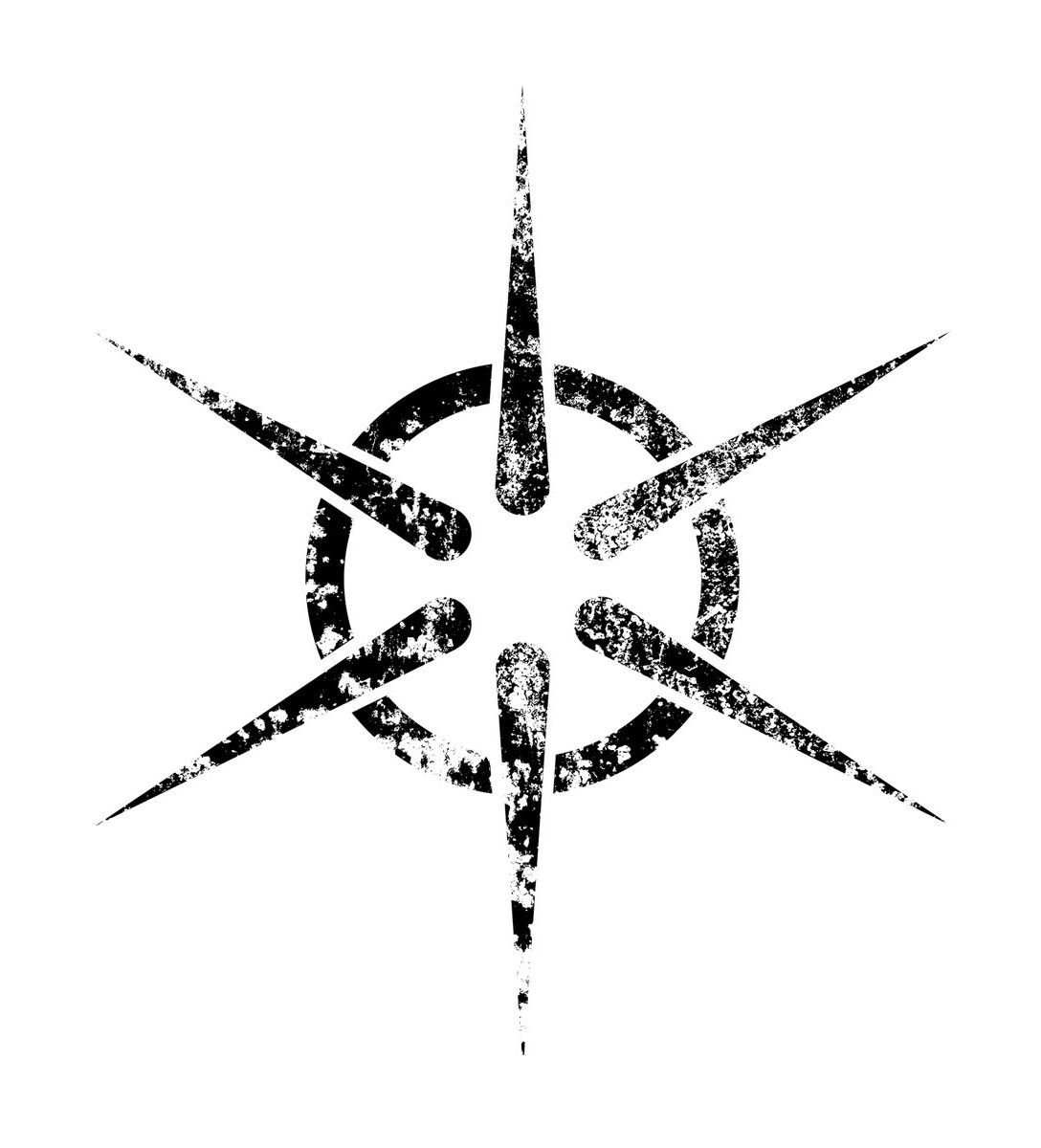
Second line gear consists of those things carried on the vest or plate carrier, helmet, and possibly a battle belt (again, depending on when you put the battle belt on). It comprises those things that serve to make the medic combat effective and able to sustain an operation, callout, or conflict, and also expands on the functionality of first line gear to treat preventable causes of combat death.
Let’s be clear here. The most important gear in the second line for armed personnel is of course the long gun and ammunition. Ammo and grenades/NFDD’s may significantly reduce the amount of real estate available for medical supplies, though there are some systems that make a compromise possible by placing magazines behind or in front of a medical supply pouch. As I speak from the perspective of an unarmed civilian tactical paramedic, I can use that space for other purposes. Do not, however, fall victim to the lure of empty molle webbing. If there is not a good reason for putting a specific piece of gear on your vest, leave it off and enjoy the lighter weight and greater mobility.
After ammo for the shooter, the most critical component of the fighting load is the communication system. The importance of a quality tactical headset and portable radio cannot be overstated. Both a handheld flashlight and a hands-free lighting system such as a helmet light with both tactical and white light options are important second line gear (medics should avoid red tactical light, as it masks blood). Chemlights should be at hand for casualty marking or other mission specific uses (linkups, danger areas, etc). A hydration pack, or a minimum, a water bottle, should be carried at most times. Any additional mission-specific individual fighting gear such as the APR/gas mask and night vision is considered second line gear as well. A tourniquet and a true IFAK conforming to team standards may also be worn in a standardized location.
Carry a good fixed blade knife or other close combat tool and know how to use it.
With all of this in mind, medical equipment carried on the armor should be kept to a minimum, and should correlate primarily to the care under fire/direct threat phase of TCCC. A limited amount of essential equipment for tactical field care may be included for those of us who do not carry ammo. Supplies must be readily accessible from inconvenient positions such as the prone and within confined spaces. For this reason many of the fold-out medical pouches are inappropriate, although some are better than others and most can be modified for serviceability if this principle is adhered to.
Recall that in the care under fire phase, the only medical intervention indicated is tourniquet placement. As such, I include a few extra tourniquets on my armor. An attempt should be made to protect tourniquets from sunlight, as UV radiation degrades the nylon. Additional hemostatic gauze, pressure dressings, chest seals, decompression needles, and NPA’s may also be carried on the second line. A small cric kit is an option, though I prefer to leave this to the third line, in a pack.
As another objective in the care under fire phase is to remove the patient to a safer position, lightweight/compact patient extrication devices such as a soft litter, throw rope, and drag line may be included on the body armor.
As a guiding principle, I like to keep in mind that my second line gear will be worn for several hours at a time. If at any time you find yourself in the position of just not wanting to put it on due to weight or mobility concerns, it may be time to consider stripping some gear off the armor and moving it to the third line, which we’ll discuss in the next installment of this series.
If you missed the first part of the series: Part One.

1 thought on “Tactical Paramedic Loadout 2: Fighting Load/Direct Threat Care”